Oklahoma is home to more than just open prairies and red soil. It also offers a range of valuable forageables if you know where to look. Pawpaw trees grow in secluded pockets of woodland and produce soft, custard-like fruit that’s rarely found in stores.
A little farther down the trail, you might spot Lion’s Mane mushrooms clinging to hardwood trunks, their icicle-like teeth hinting at both culinary and medicinal value.
Beneath the surface, Jerusalem artichokes form dense tubers that have been harvested for generations, hidden in plain sight among roadside thickets and riverbanks.
You might pass by elderberry bushes all summer without realizing the berries can be turned into deep purple syrups and jellies prized for their taste and shelf life. Some of Oklahoma’s most valuable wild edibles are easy to miss unless you’re looking for them.
With just a little experience, you can head home with a basket full of edible plants few people ever notice. And once you realize how many of these plants are out there, it’s hard not to wonder what else the Oklahoma landscape has quietly been offering all along.
What We Cover In This Article:
- What Makes Foreageables Valuable
- Foraging Mistakes That Cost You Big Bucks
- The Most Valuable Forageables in the State
- Where to Find Valuable Forageables in the State
- When to Forage for Maximum Value
- The extensive local experience and understanding of our team
- Input from multiple local foragers and foraging groups
- The accessibility of the various locations
- Safety and potential hazards when collecting
- Private and public locations
- A desire to include locations for both experienced foragers and those who are just starting out
Using these weights we think we’ve put together the best list out there for just about any forager to be successful!
A Quick Reminder
Before we get into the specifics about where and how to find these plants and mushrooms, we want to be clear that before ingesting any wild plant or mushroom, it should be identified with 100% certainty as edible by someone qualified and experienced in mushroom and plant identification, such as a professional mycologist or an expert forager. Misidentification can lead to serious illness or death.
All plants and mushrooms have the potential to cause severe adverse reactions in certain individuals, even death. If you are consuming wild foragables, it is crucial to cook them thoroughly and properly and only eat a small portion to test for personal tolerance. Some people may have allergies or sensitivities to specific mushrooms and plants, even if they are considered safe for others.
The information provided in this article is for general informational and educational purposes only. Foraging involves inherent risks.
What Makes Foreageables Valuable
Some wild plants, mushrooms, and natural ingredients can be surprisingly valuable. Whether you’re selling them or using them at home, their worth often comes down to a few key things:
The Scarcer the Plant, the Higher the Demand
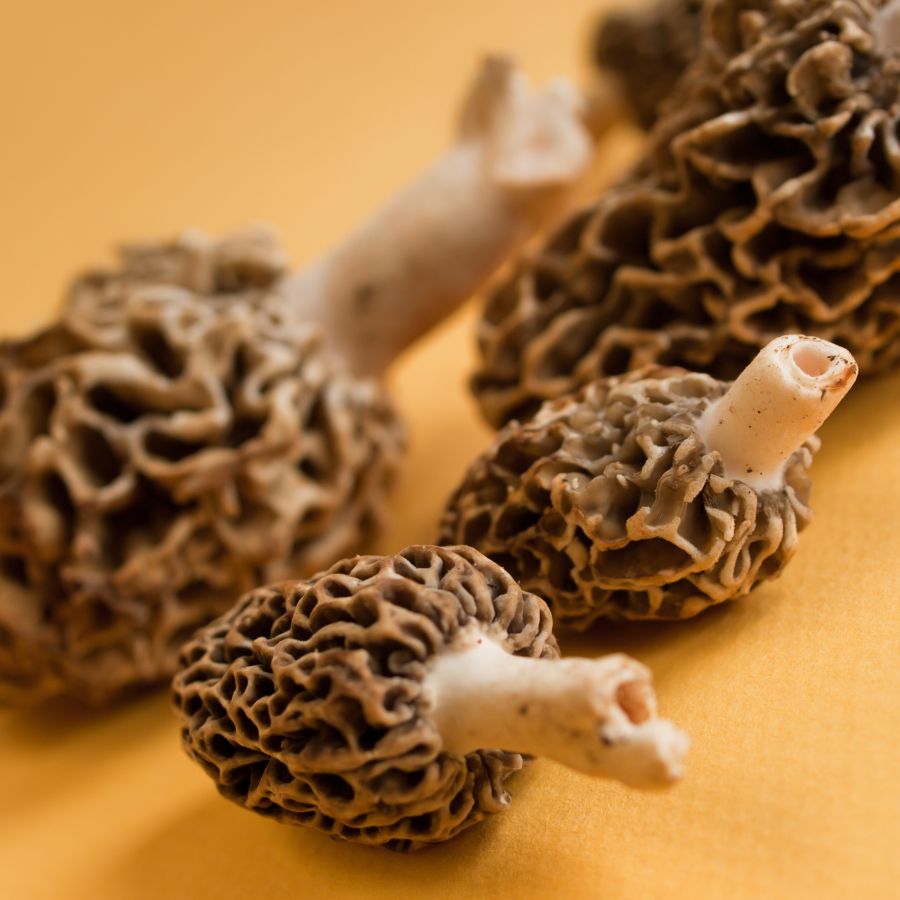
Some valuable forageables only show up for a short time each year, grow in hard-to-reach areas, or are very difficult to cultivate. That kind of rarity makes them harder to find and more expensive to buy.
Morels, truffles, and ramps are all good examples of this. They’re popular, but limited access and short growing seasons mean people are often willing to pay more.
A good seasonal foods guide can help you keep track of when high-value items appear.
High-End Dishes Boost the Value of Ingredients
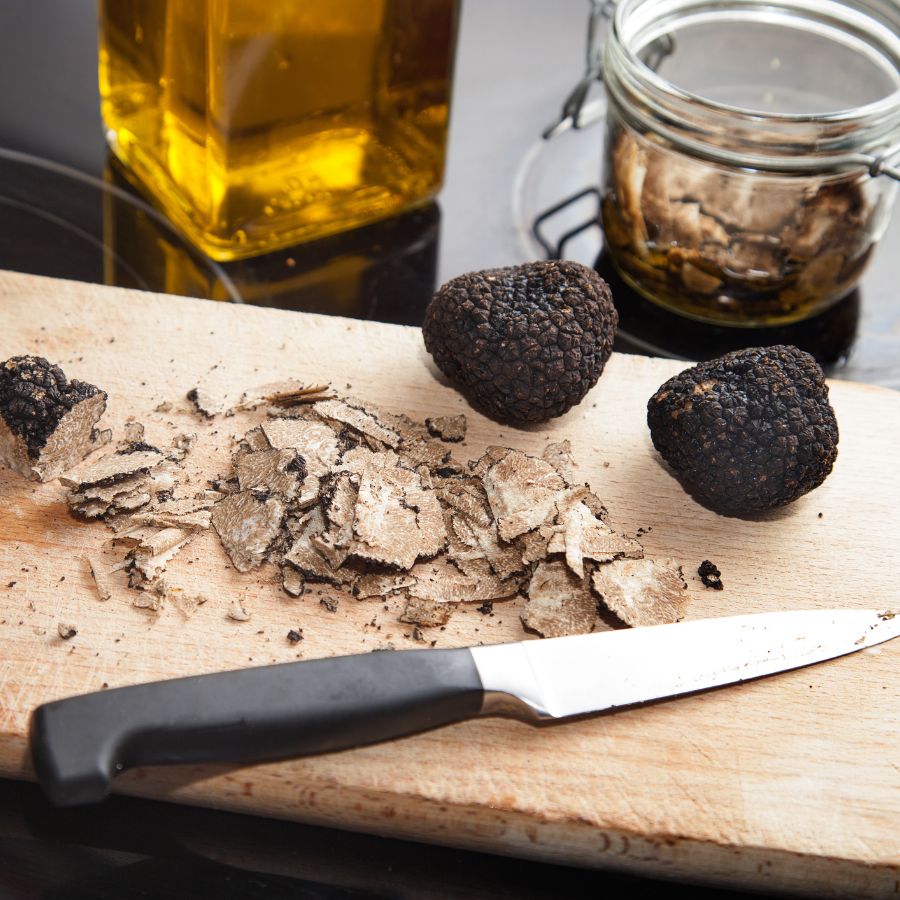
Wild ingredients that are hard to find in stores often catch the attention of chefs and home cooks. When something unique adds flavor or flair to a dish, it quickly becomes more valuable.
Truffles, wild leeks, and edible flowers are prized for how they taste and look on a plate. As more people try to include them in special meals, the demand—and the price—tends to rise.
You’ll find many of these among easy-to-identify wild mushrooms or herbs featured in fine dining.
Medicinal and Practical Uses Drive Forageable Prices Up
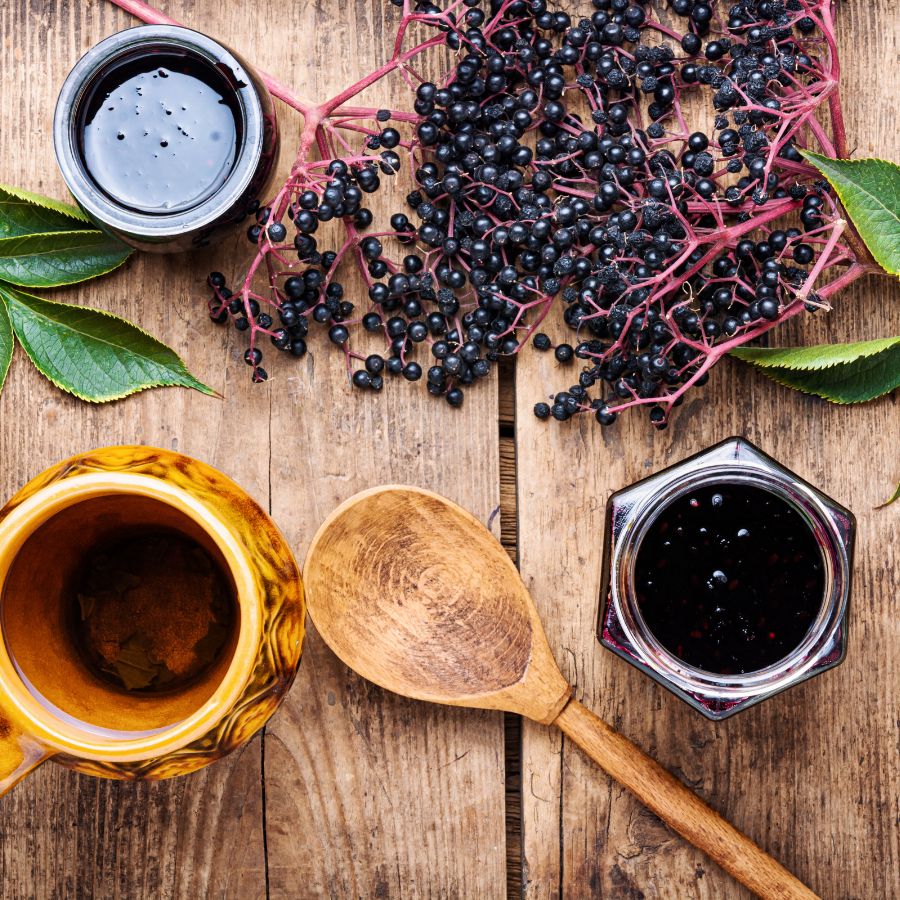
Plants like ginseng, goldenseal, and elderberries are often used in teas, tinctures, and home remedies. Their value comes from how they support wellness and are used repeatedly over time.
These plants are not just ingredients for cooking. Because people turn to them for ongoing use, the demand stays steady and the price stays high.
The More Work It Takes to Harvest, the More It’s Worth
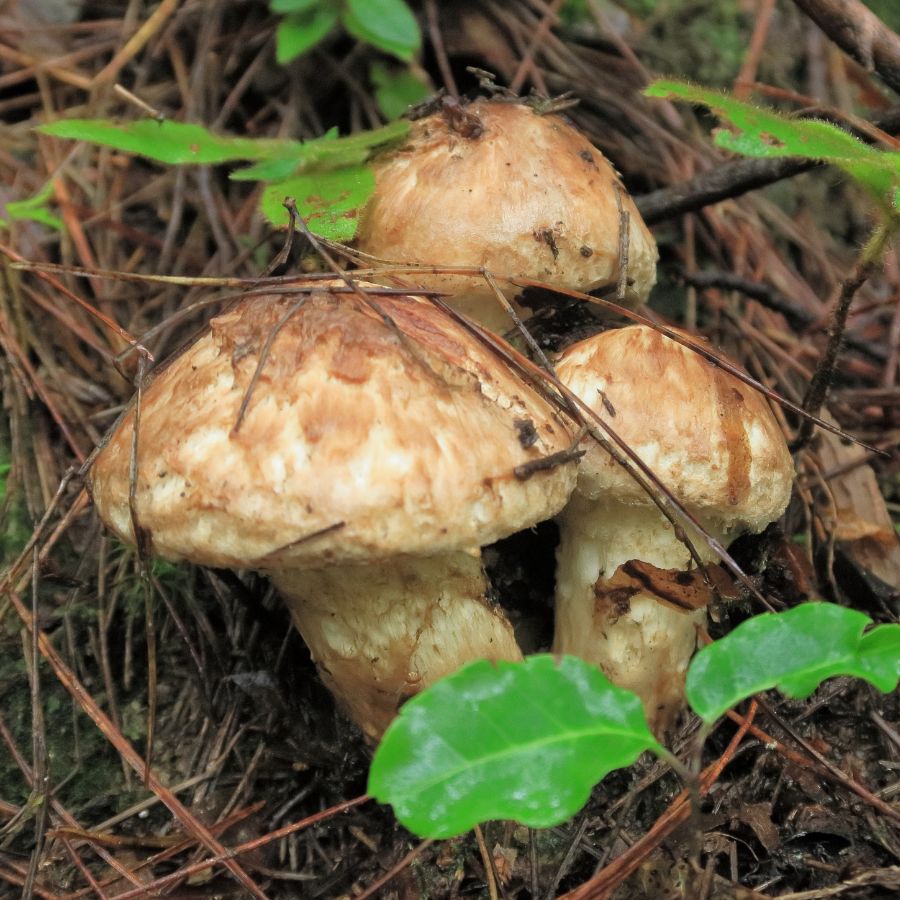
Forageables that are hard to reach or tricky to harvest often end up being more valuable. Some grow in dense forests, need careful digging, or have to be cleaned and prepared before use.
Matsutake mushrooms are a good example, because they grow in specific forest conditions and are hard to spot under layers of leaf litter. Wild ginger and black walnuts, meanwhile, both require extra steps for cleaning and preparation before they can be used or sold.
All of that takes time, effort, and experience. When something takes real work to gather safely, buyers are usually willing to pay more for it.
Foods That Keep Well Are More Valuable to Buyers
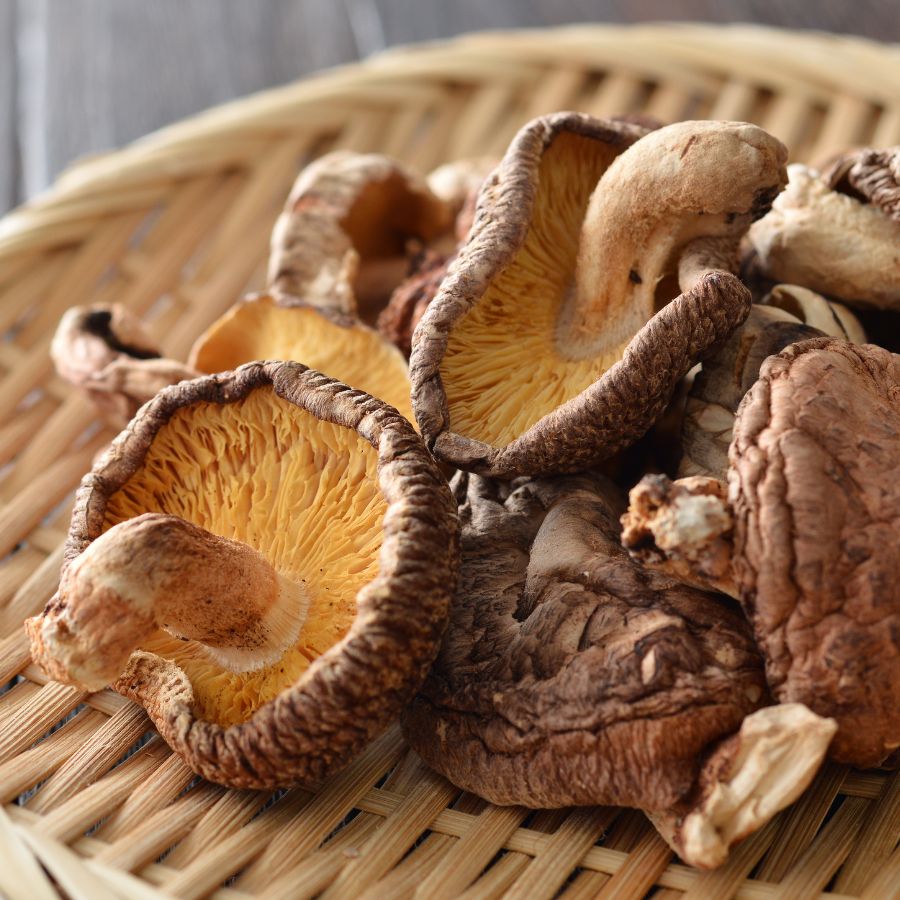
Some forageables, like dried morels or elderberries, can be stored for months without losing their value. These longer-lasting items are easier to sell and often bring in more money over time.
Others, like wild greens or edible flowers, have a short shelf life and need to be used quickly. Many easy-to-identify wild greens and herbs are best when fresh, but can be dried or preserved to extend their usefulness.
A Quick Reminder
Before we get into the specifics about where and how to find these mushrooms, we want to be clear that before ingesting any wild mushroom, it should be identified with 100% certainty as edible by someone qualified and experienced in mushroom identification, such as a professional mycologist or an expert forager. Misidentification of mushrooms can lead to serious illness or death.
All mushrooms have the potential to cause severe adverse reactions in certain individuals, even death. If you are consuming mushrooms, it is crucial to cook them thoroughly and properly and only eat a small portion to test for personal tolerance. Some people may have allergies or sensitivities to specific mushrooms, even if they are considered safe for others.
The information provided in this article is for general informational and educational purposes only. Foraging for wild mushrooms involves inherent risks.
Foraging Mistakes That Cost You Big Bucks
When you’re foraging for high-value plants, mushrooms, or other wild ingredients, every decision matters. Whether you’re selling at a farmers market or stocking your own pantry, simple mistakes can make your harvest less valuable or even completely worthless.
Harvesting at the Wrong Time
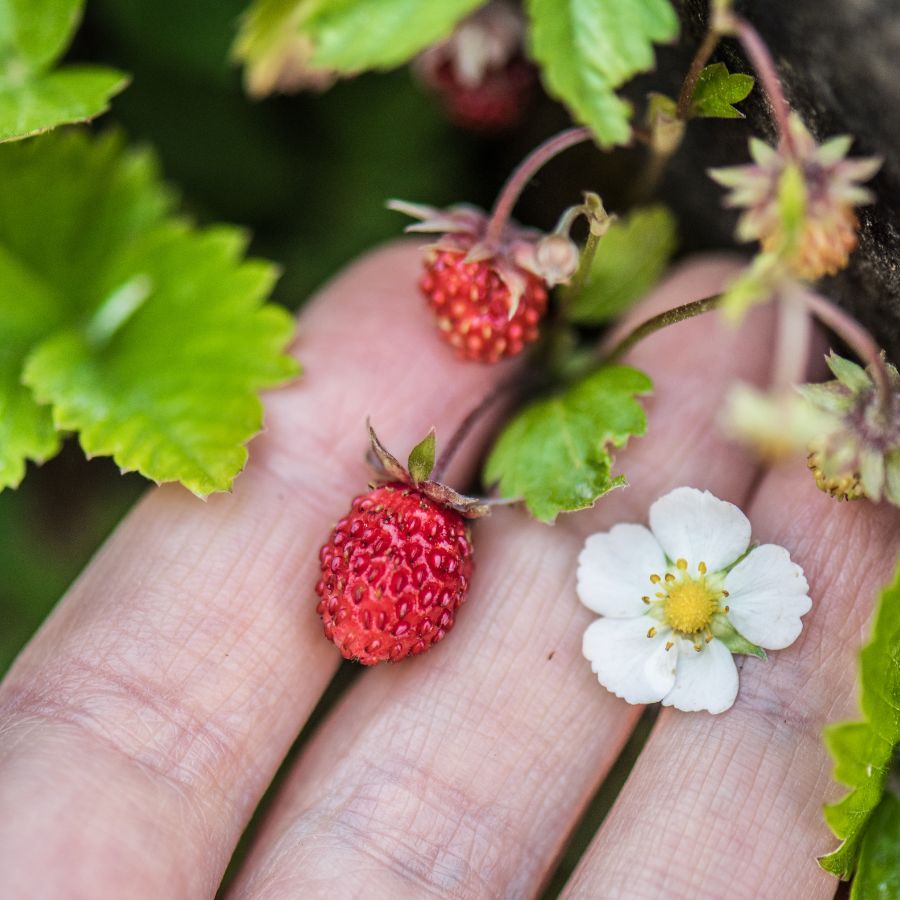
Harvesting at the wrong time can turn a valuable find into something no one wants. Plants and mushrooms have a short window when they’re at their best, and missing it means losing quality.
Morels, for example, shrink and dry out quickly once they mature, which lowers their weight and price. Overripe berries bruise in the basket and spoil fast, making them hard to store or sell.
Improper Handling After Harvest
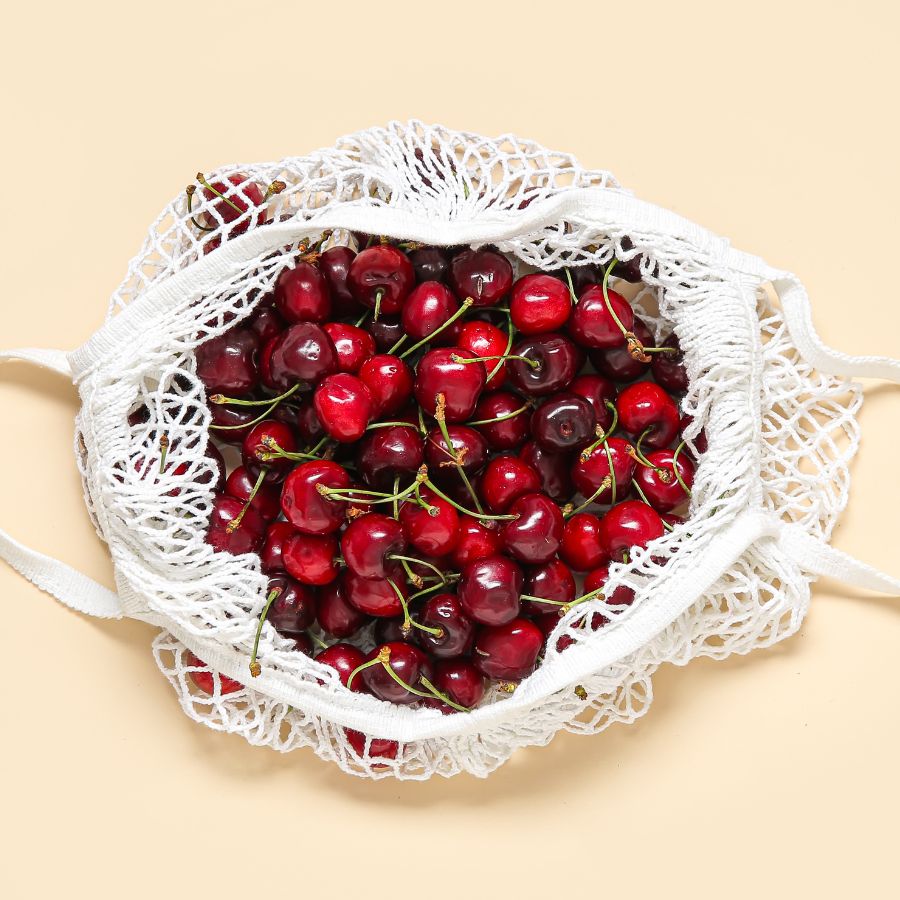
Rough handling can ruin even the most valuable forageables. Crushed mushrooms, wilted greens, and dirty roots lose both their appeal and their price.
Use baskets or mesh bags to keep things from getting smashed and let air circulate. Keeping everything cool and clean helps your harvest stay fresh and look better for longer.
This is especially important for delicate items like wild roots and tubers that need to stay clean and intact.
Skipping Processing Steps
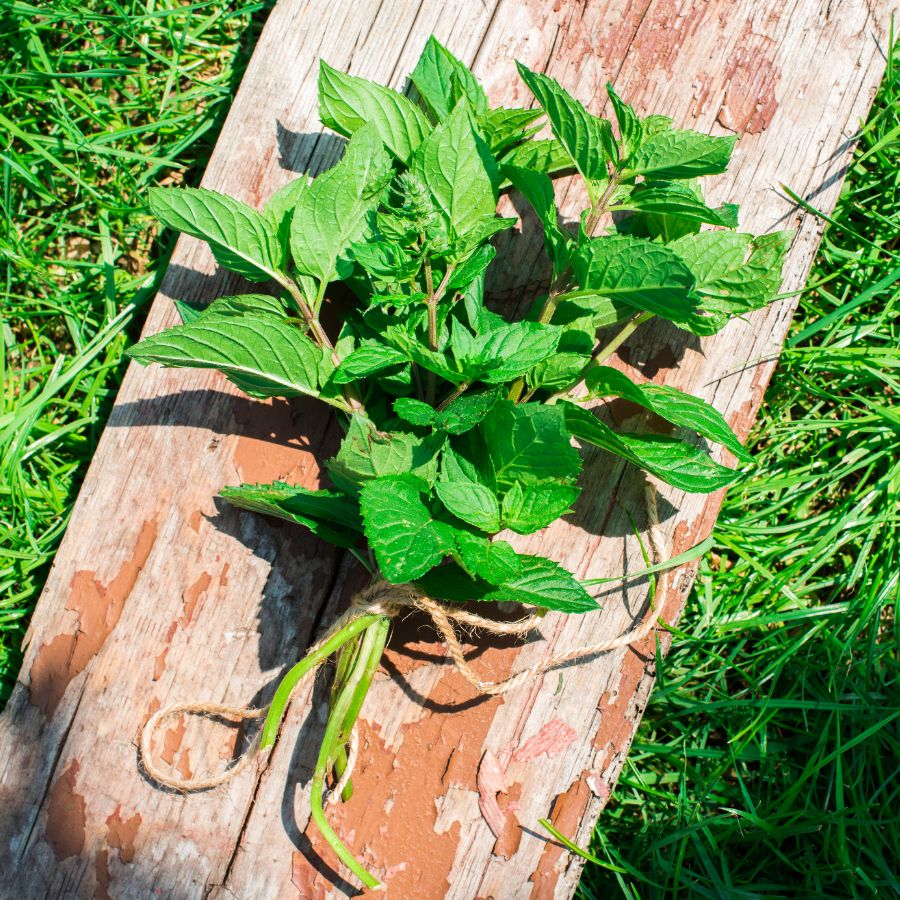
Skipping basic processing steps can cost you money. A raw harvest may look messy, spoil faster, or be harder to use.
For example, chaga is much more valuable when dried and cut properly. Herbs like wild mint or nettle often sell better when bundled neatly or partially dried. If you skip these steps, you may end up with something that looks unappealing or spoils quickly.
Collecting from the Wrong Area
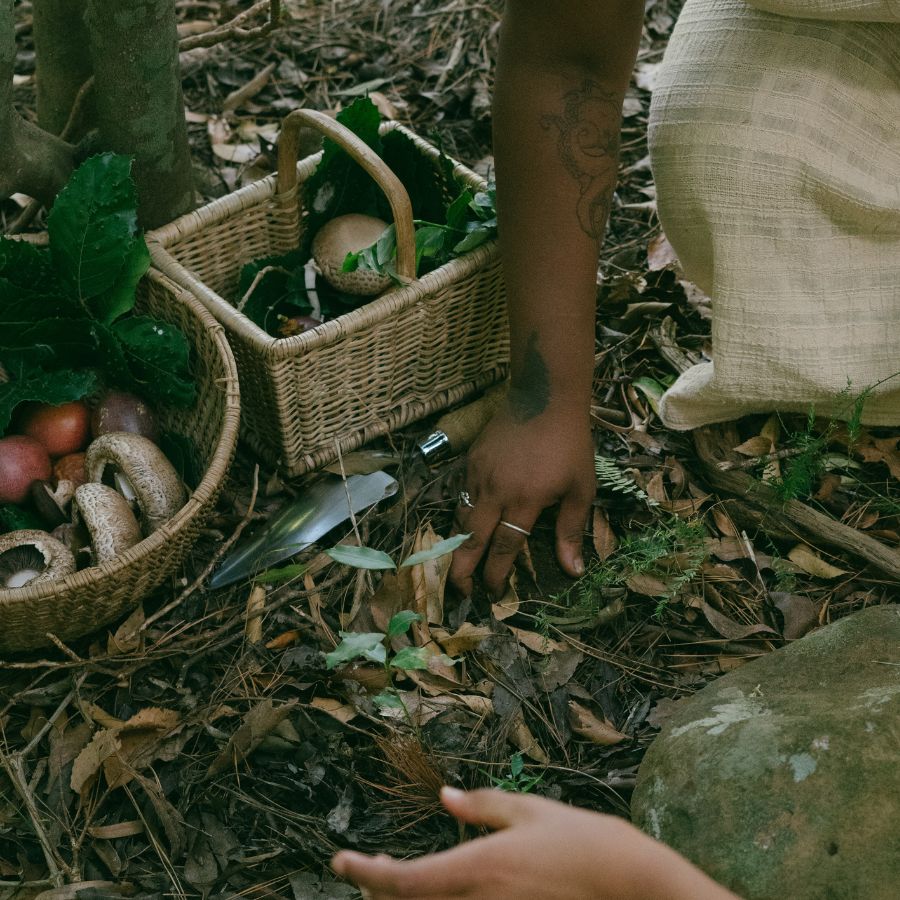
Harvesting in the wrong place can ruin a good find. Plants and mushrooms pulled from roadsides or polluted ground may be unsafe, no matter how fresh they look.
Buyers want to know their food comes from clean, responsible sources. If a spot is known for overharvesting or damage, it can make the whole batch less appealing.
These suburbia foraging tips can help you find overlooked spots that are surprisingly safe and productive.
Not Knowing the Market
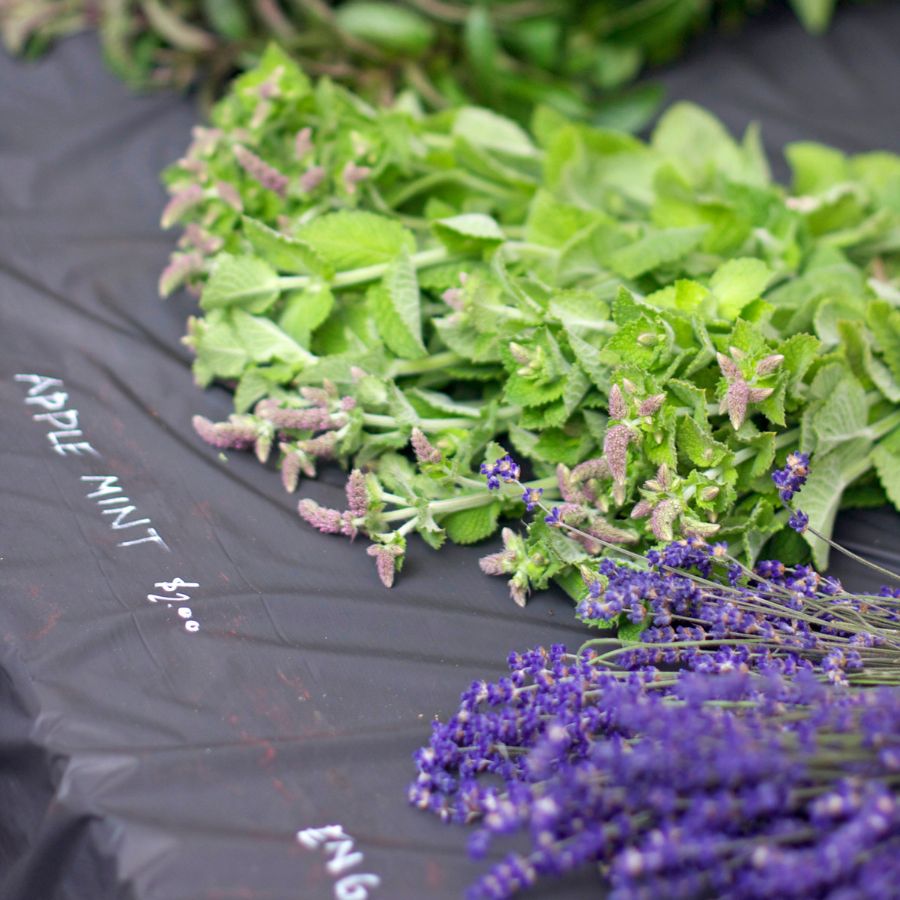
A rare plant isn’t valuable if nobody wants to buy it. If you gather in-demand species like wild ramps or black trumpets, you’re more likely to make a profit. Pay attention to what chefs, herbalists, or vendors are actually looking for.
Foraging with no plan leads to wasted effort and unsold stock. Keeping up with demand helps you bring home a profit instead of a pile of leftovers.
You can also brush up on foraging for survival strategies to identify the most versatile and useful wild foods.
Before you head out
Before embarking on any foraging activities, it is essential to understand and follow local laws and guidelines. Always confirm that you have permission to access any land and obtain permission from landowners if you are foraging on private property. Trespassing or foraging without permission is illegal and disrespectful.
For public lands, familiarize yourself with the foraging regulations, as some areas may restrict or prohibit the collection of mushrooms or other wild foods. These regulations and laws are frequently changing so always verify them before heading out to hunt. What we have listed below may be out of date and inaccurate as a result.
The Most Valuable Forageables in the State
Some of the most sought-after wild plants and fungi here can be surprisingly valuable. Whether you’re foraging for profit or personal use, these are the ones worth paying attention to:
Chickasaw Plum (Prunus angustifolia)

The Chickasaw plum, also called sand plum or mountain cherry, grows as a thicket-forming shrub with slender, thorny branches and small white flowers. Its fruits are small, reddish plums that can be tart when underripe but turn sweet and soft as they mature.
You can eat the fruits raw when they’re fully ripe, but they’re often made into jelly, preserves, or wine because of their tart skin and juicy flesh. The skin is thin and slightly astringent, while the inside has a rich, sweet flavor.
Only the flesh of the Chickasaw plum is eaten, and the seed should be discarded.
Be careful not to confuse Chickasaw plum with certain wild cherries or other stone fruits that might grow nearby but don’t produce edible or palatable fruit.
This plant is popular with foragers and small producers because of its high pectin content and bold flavor, making it valuable for preserves and specialty products. Prices vary, but processed products like Chickasaw plum jelly can bring in a decent premium at markets.
American Persimmon (Diospyros virginiana)
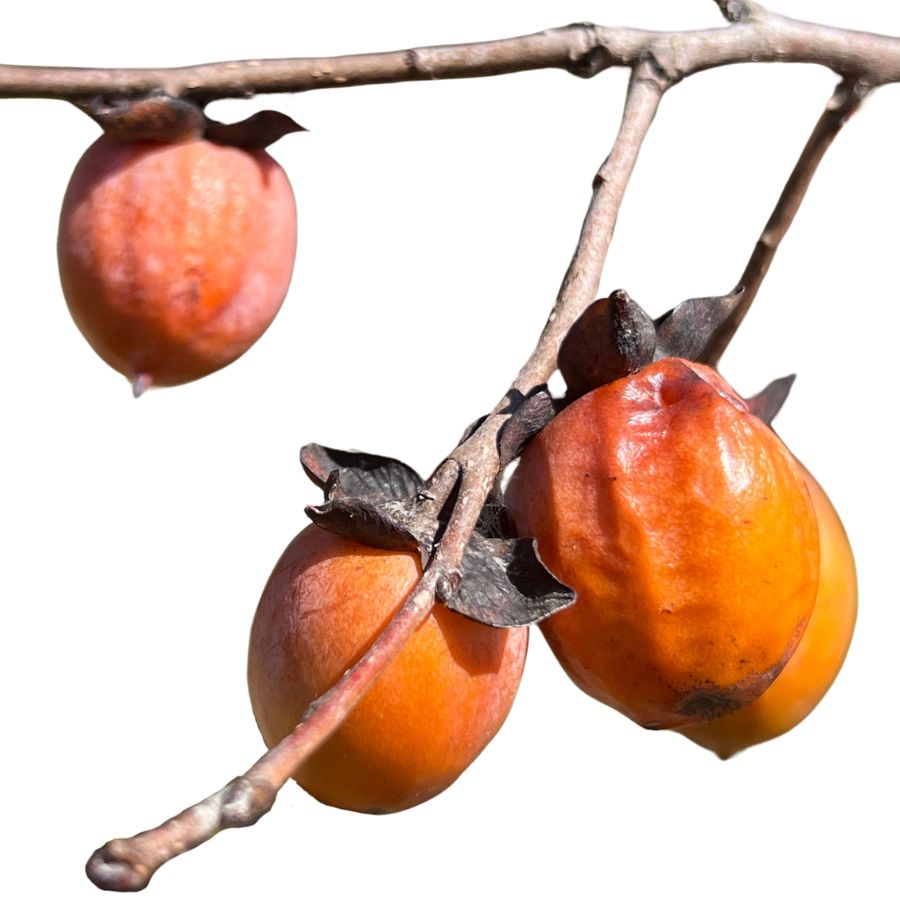
Persimmon fruit has a round shape and orange skin, usually with a slightly pointed end and a leafy cap still attached. It’s easy to bite into a ripe one and find it meltingly soft, with a flavor that’s both sugary and floral.
People sometimes confuse it with wild tomato-like fruits, but persimmons grow on hardwood trees and the fruit has a firmer skin. Avoid eating them when firm and unripe, as they contain tannins that cause a strong puckering sensation.
The pulp is the part most commonly used, and it’s great in baked goods or even frozen into a simple sorbet. Some cooks mash it into jam or dehydrate slices for a chewy snack.
Wild persimmons are valuable more for their flavor than for any consistent market price, though foragers and specialty sellers often get a few dollars per pound. The rich taste and the tree’s ability to grow in various soils make this fruit worth the effort to find.
Lion’s Mane (Hericium erinaceus)
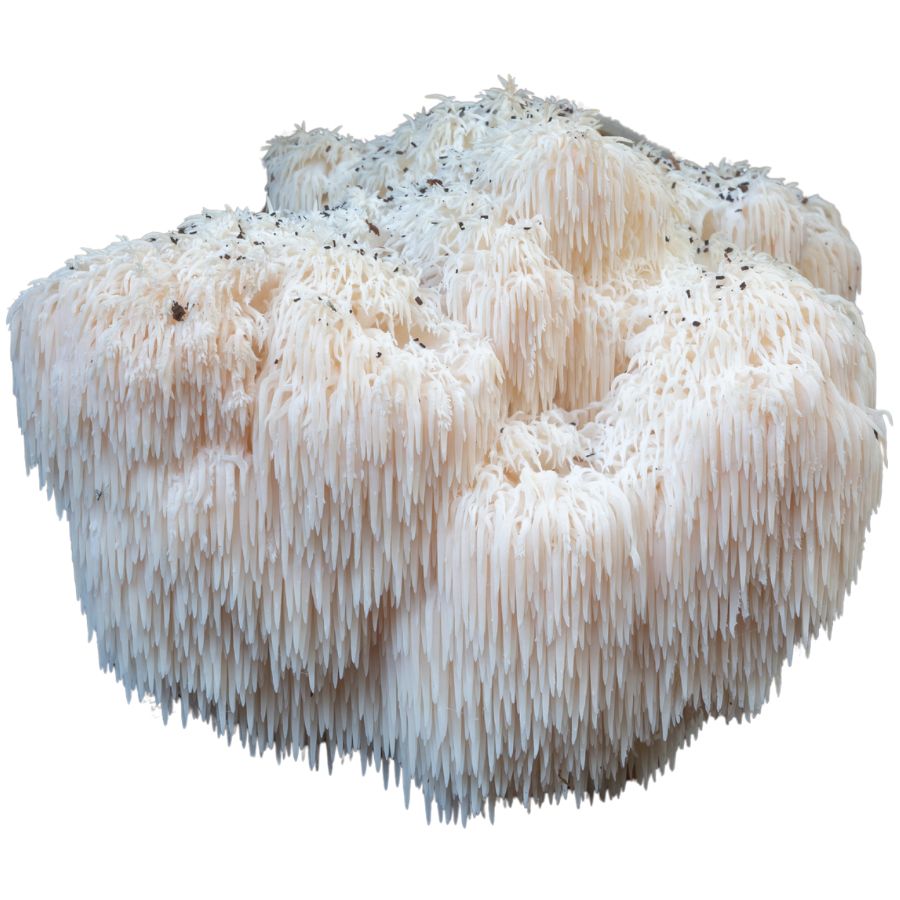
Lion’s mane mushrooms grow in white, shaggy clusters that hang like icicles from hardwood trees. The entire fruiting body is edible and has a soft, meaty texture that’s often compared to crab or lobster.
People value lion’s mane not just for the flavor but for how well it soaks up sauces in stir-fries, soups, or even pan-seared dishes. It’s usually sliced and cooked fresh, though it can be dried and rehydrated without losing much texture.
While it doesn’t have many dangerous lookalikes, some species of toothed fungi like bear’s head or comb tooth can resemble it. Those are also edible, but if a mushroom is discolored, mushy, or growing from the ground instead of wood, skip it.
Fresh lion’s mane sells for a high price at gourmet markets and restaurants because of its short shelf life and culinary demand. Its chewy bite and slightly sweet, nutty taste make it a favorite among chefs and home cooks alike.
Jerusalem Artichoke (Helianthus tuberosus)
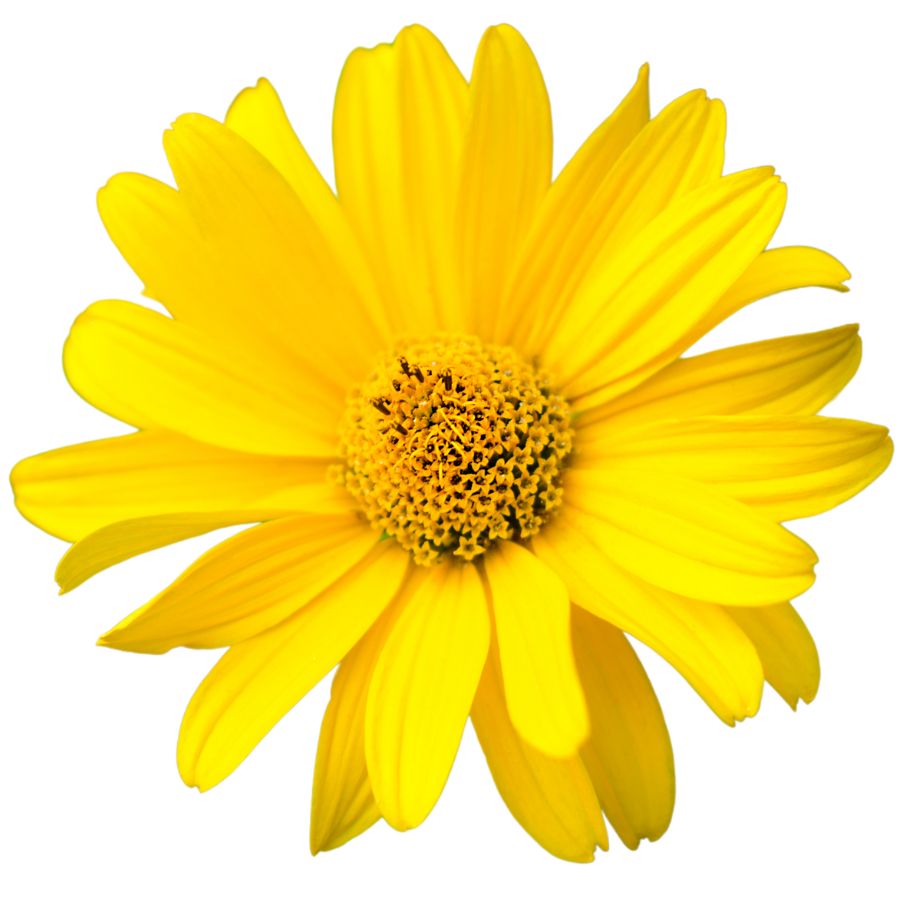
The Jerusalem artichoke is a sunflower relative that grows tall with bright yellow blooms and knobby, potato-like tubers underground. Its underground part is what you eat, while the stems, leaves, and flowers are best left alone.
What makes the tubers interesting is their crisp texture when raw and a nutty, slightly sweet flavor when cooked. They’re often roasted, pureed into soups, or sliced thin for chips.
Some wild sunflowers can look similar, but they don’t form the same type of tubers. If you’re not digging up a bumpy, tan root shaped like ginger, you’re not looking at the right plant.
People value Jerusalem artichokes for their culinary versatility and as a low-starch alternative to potatoes. They sell for a decent price at specialty grocers and farmers markets, especially when freshly dug.
Elderberry (Sambucus canadensis)
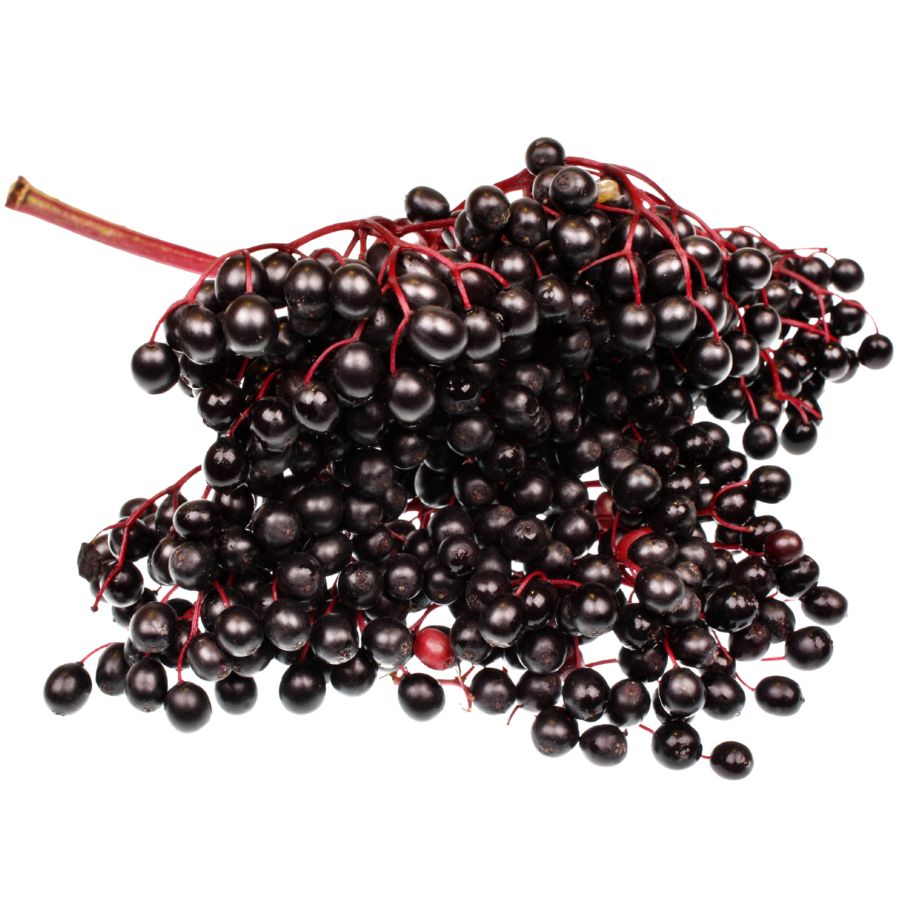
For centuries, elderberries have been gathered not just for food, but for making home remedies prized across the Southwest. Also called Mexican elder and tapiro, elderberry grows as a sprawling bush or small tree with clusters of tiny white flowers that turn into dusty blue-black berries.
There are toxic lookalikes you need to watch for, especially red elderberry, which has round clusters of bright red fruit. Elderberries grow in flatter, broader clusters and have a softer, more powdery appearance when ripe.
The berries have a deep, earthy flavor with a tart edge, and are usually cooked into jams, syrups, and baked goods to bring out their richness.
Make sure to avoid eating the raw berries, seeds, bark, or leaves because they can cause nausea unless they are properly cooked.
This plant stays valuable because the berries are used heavily in teas, tinctures, and syrups that people rely on for wellness, driving steady demand. Elderberries can also be dried and stored for months, making it even more profitable compared to foods that spoil quickly.
Zarzaparrilla (Smilax bona-nox)

The spiny green vine you’ll find climbing trees or crawling along the ground in thickets is zarzaparrilla, also called catbrier or greenbrier. Its young shoots and tender tips are edible and often cooked like asparagus or added to soups and stir-fries.
The leaves are thick, glossy, and sometimes heart-shaped, and the vines are usually armed with sharp thorns. Some species of greenbrier aren’t edible, but zarzaparrilla’s edible tips are softer and less waxy than its close, tougher relatives.
Underground, zarzaparrilla produces starchy tubers that can be roasted or boiled, though they’re less commonly eaten than the tender vine tips. The tubers have a mild, earthy taste and a texture like a cross between potato and turnip.
It has little value commercially, but it’s prized by foragers for its versatility and abundance. Avoid harvesting from older, woody parts of the vine, which become too fibrous and bitter to be palatable.
Wood Sorrel (Oxalis stricta)
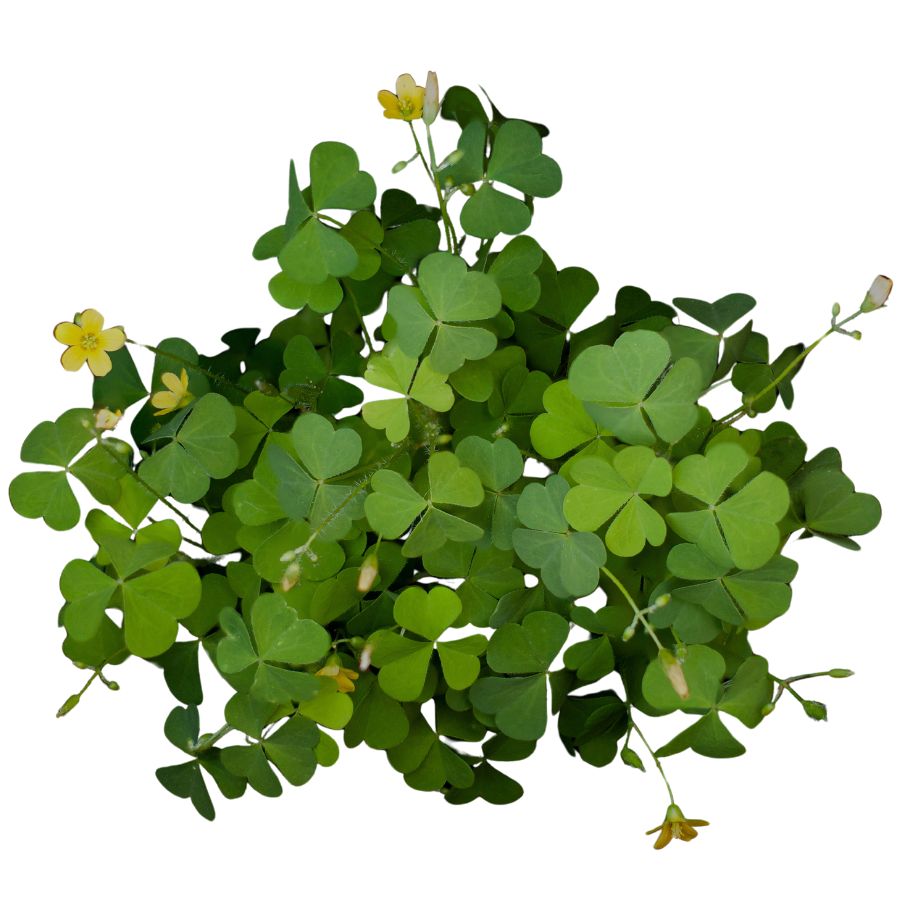
Wood sorrel is a small plant with heart-shaped leaflets that look like clover but feel more delicate and have a bright green color. The leaves, flowers, and seed pods are all edible and have a sour, lemony taste due to the oxalic acid they contain.
You can eat it raw in small amounts or sprinkle it onto salads for a tart kick. The leaves are thin and crisp, with a clean, refreshing bite that’s especially nice with mild greens or cucumbers.
It’s easy to confuse wood sorrel with clover, but clover lacks the sour flavor and has rounder, thicker leaves. The yellow flowers are another clue that you’ve found wood sorrel and not a lookalike.
Too much wood sorrel can irritate your stomach or kidneys because of the oxalic acid, so it’s best as a garnish or flavor accent, not a main ingredient. It doesn’t hold much value commercially, but it’s popular among foragers because of its distinct flavor and how well it pairs with mild foods.
Black Walnut (Juglans nigra)
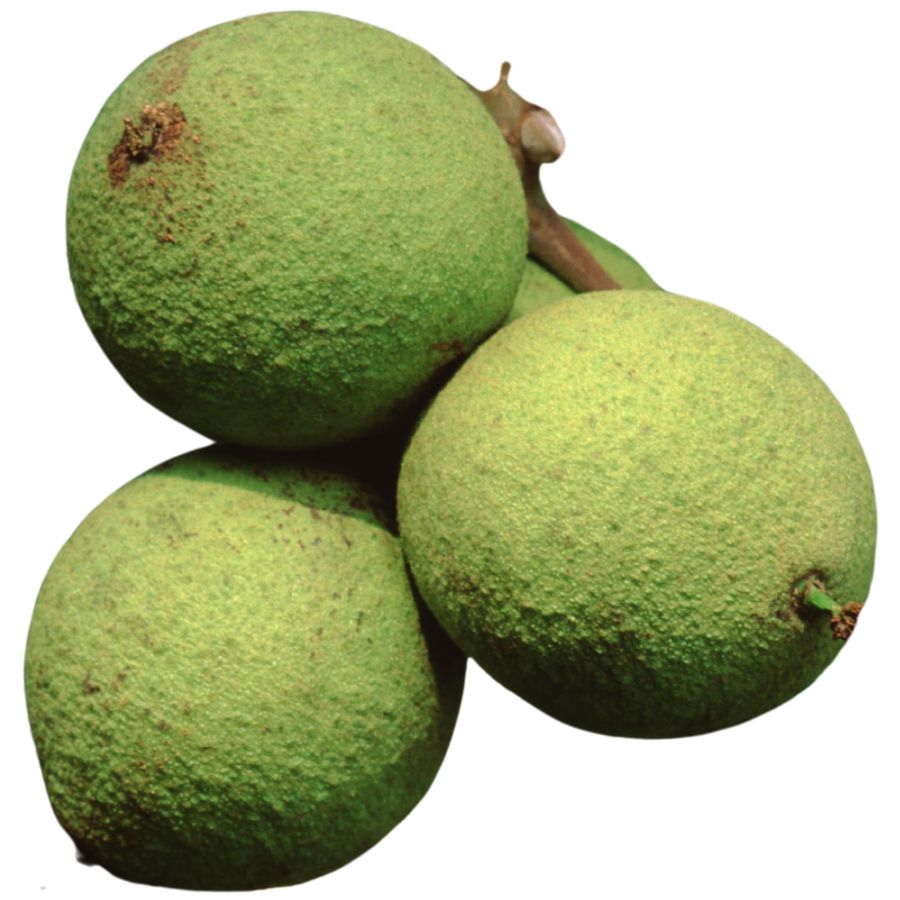
Black walnut grows a nut that’s prized for its strong, musky flavor and crunchy texture. The inner shell is extremely hard and often needs to be cracked with a vise or hammer to reach the oily, wrinkled seed inside.
Its nuts are most often roasted, chopped into desserts, or used in meat rubs and dressings. They’re also one of the few foraged tree nuts that can be stored long-term with very little processing.
The outer green husks leave a dark stain when bruised or broken open, and the nut itself is hidden inside a thick shell. While the fruit of the tree may resemble buckeye at first glance, black walnut leaves have a different shape and pattern, and buckeye seeds are toxic.
Prices stay high because harvesting takes time and experience, and the trees don’t lend themselves easily to large-scale production. Foragers and specialty food makers often pay a premium for wild black walnuts with intense flavor.
Maypop (Passiflora incarnata)
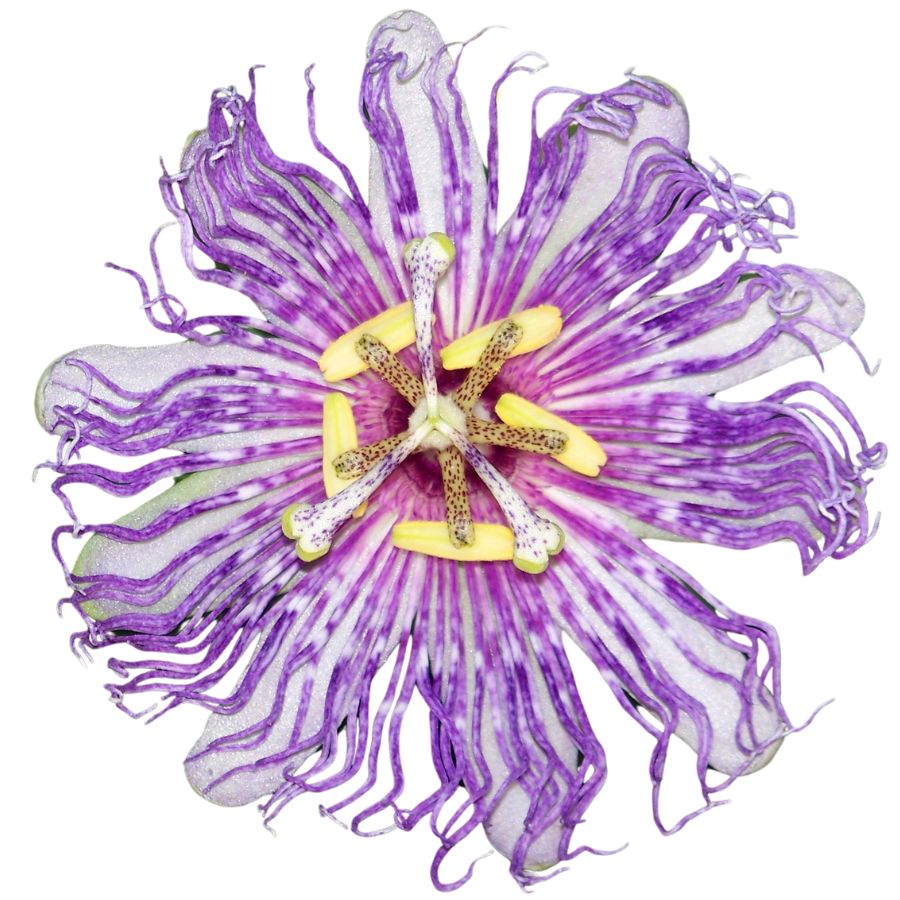
Maypop, also called passionflower or wild apricot, produces round, egg-sized fruits that are edible when fully ripe. The outer rind is tough and spongy, but the pulp inside is sweet, tart, and filled with black seeds in jelly-like sacs.
You can eat the pulp raw or use it to flavor drinks, jellies, and desserts, though it spoils quickly without refrigeration. The leaves and roots should be avoided due to their potential toxicity if consumed in large amounts.
What makes maypop valuable is the unique flavor of the fruit, which tastes like a mix of citrus and guava with a smooth, slippery texture. Although fresh fruit isn’t widely available in stores, it can sell for several dollars apiece at specialty markets or farm stands.
Lookalikes include some ornamental passionflower species with similar leaves and flowers, but those don’t always produce edible fruit or have much flavor. Maypop fruit is green when unripe and ripens to yellowish or dull purple, falling from the vine when ready to eat.
Chanterelle (Cantharellus cibarius)
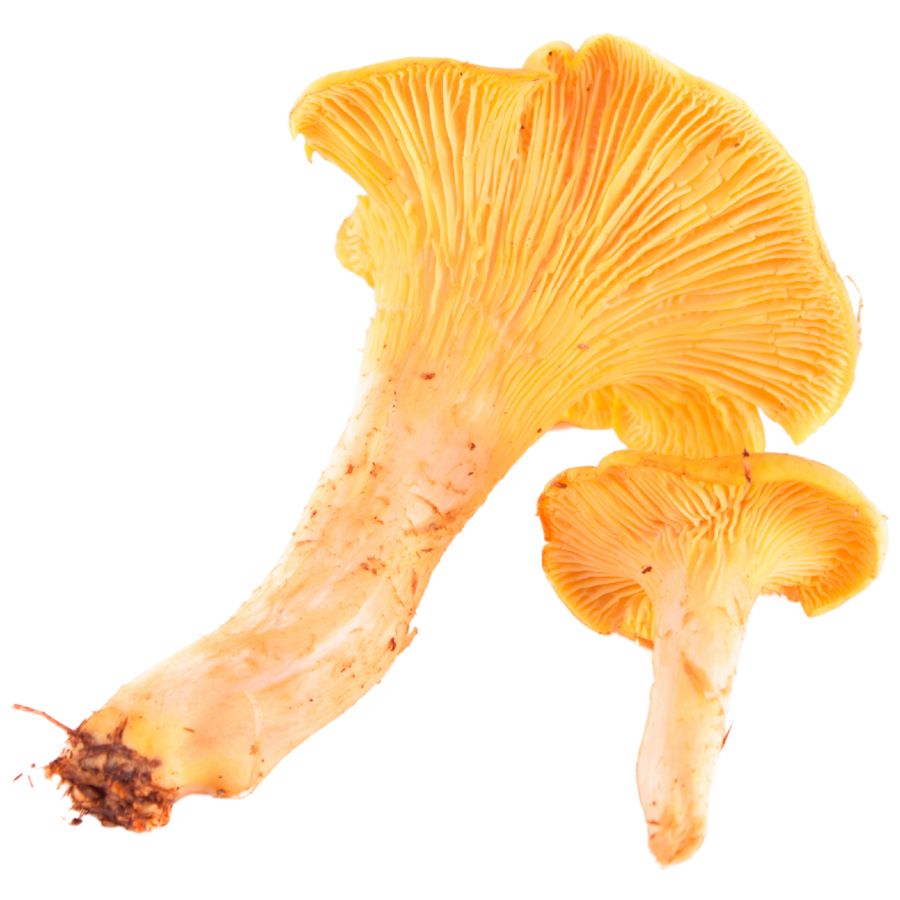
Golden chanterelles, also called egg mushrooms or girolles, are funnel-shaped and usually a bright yellow-orange with false gills that appear as deep, forked wrinkles. They have a fruity smell, almost like apricots, and a dense, meaty texture when cooked.
The part you want is the whole cap and stem, both of which soften nicely in butter or cream-based dishes. Their flavor is rich and peppery, which makes them popular in risottos, sautés, and soups.
A common lookalike is the jack-o’-lantern mushroom, which glows faintly in the dark and has true gills instead of shallow ridges. That one will give you stomach cramps, so pay close attention to the gill structure and color.
Fresh chanterelles can sell for over $20 per pound at farmers markets and restaurants, especially when demand is high. Their shelf life is short, but you can extend it by drying or pickling them soon after harvest.
Morel (Morchella esculenta)
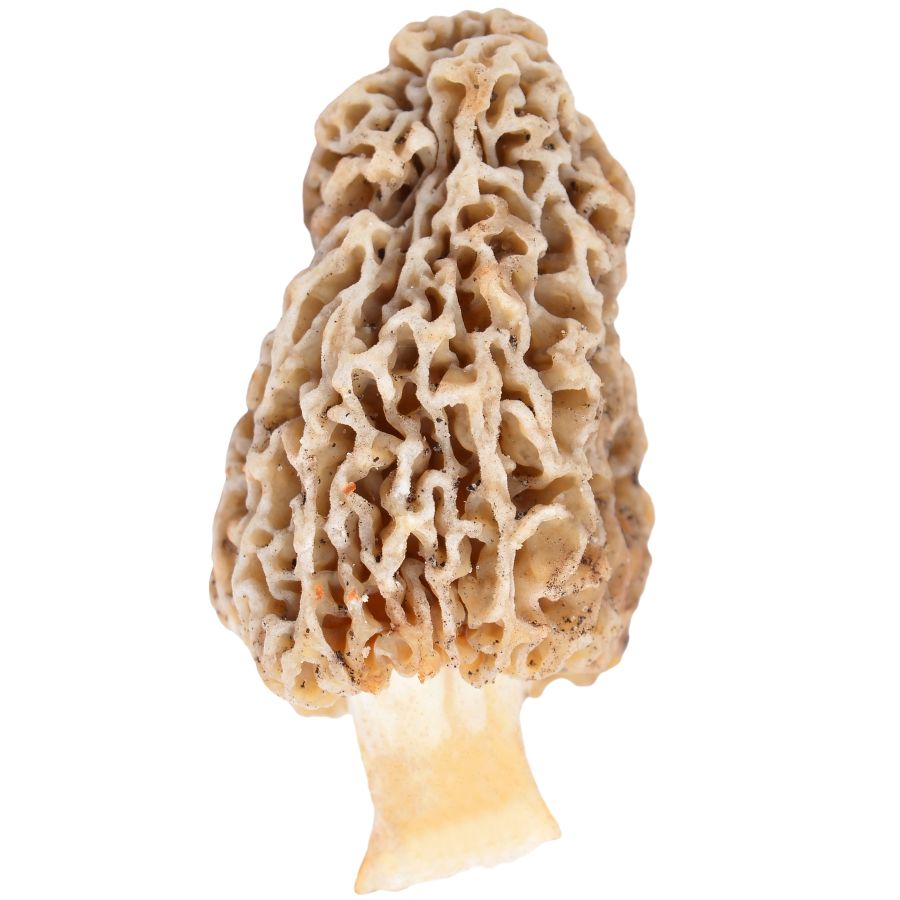
Morel mushrooms have a honeycomb-like surface with deep pits and ridges. The cap is fully attached to the stem, which helps set them apart from dangerous lookalikes like false morels that often have wrinkled, lobed caps and loose or cottony interiors.
The rich, nutty flavor and slightly chewy texture make morels a favorite in high-end kitchens. Many people sauté them in butter, stuff them, or dry them for later use because they hold their flavor extremely well.
Always cook morels thoroughly because raw ones can cause stomach upset, even when they look perfectly normal.
Morels are highly prized by chefs and home cooks, sometimes selling for over $50 per pound fresh and even more when dried.
Part of what makes morels so valuable is how hard they are to cultivate and find. They often grow in specific, unpredictable places, and their short harvesting window drives up both the demand and the price.
Chicken of the Woods (Laetiporus sulphureus)
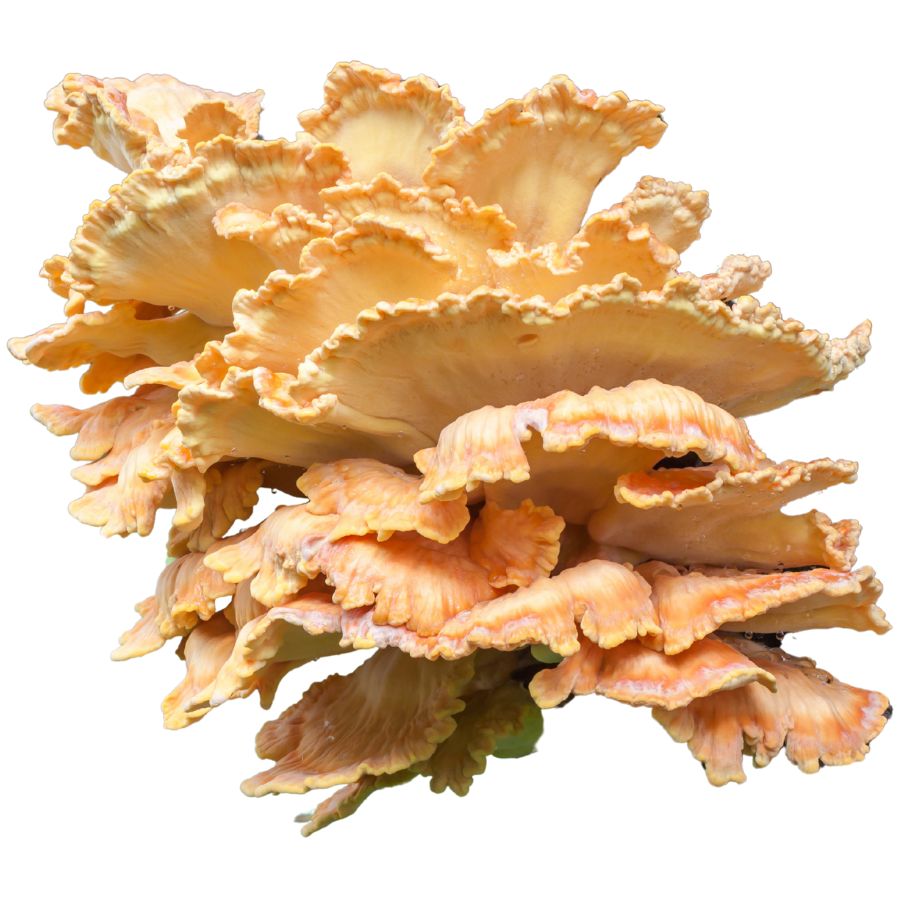
Chicken of the woods, also called sulfur shelf, grows in thick, shelf-like clusters with bright orange tops and yellow undersides. It develops on hardwood trees and fallen logs, forming a dense and slightly spongy mass.
Only the soft outer edges are typically eaten, while the older inner parts become tough and unpleasant. Its texture is meaty and chewy, and many people say it tastes a lot like chicken.
This mushroom doesn’t have gills and instead features tiny pores underneath, which helps separate it from toxic lookalikes like the jack-o’-lantern mushroom. The jack-o’-lantern has gills and glows faintly in the dark, which chicken of the woods does not.
Chicken of the woods is often sautéed, fried, or frozen for later, and can fetch a decent price at markets when fresh and tender. Just be careful—some people have reported mild stomach upset, especially when it’s harvested from conifers.
Pawpaw (Asimina triloba)
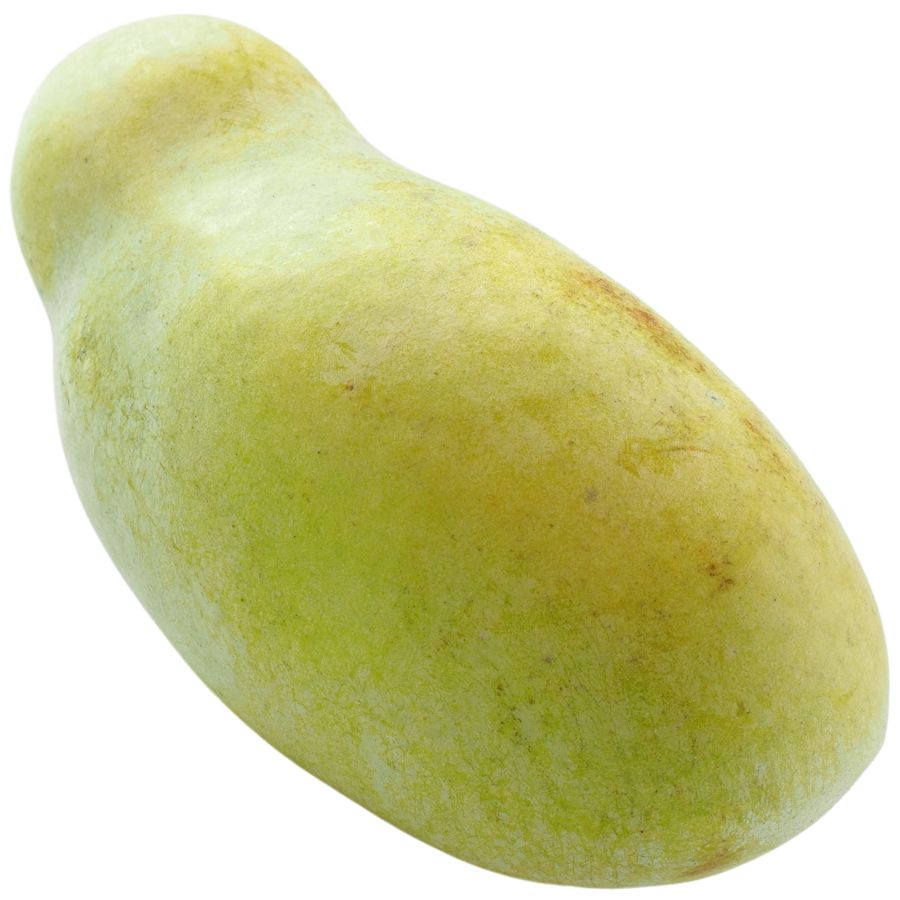
Pawpaw produces a green, mango-shaped fruit with soft yellow flesh inside and a taste that’s hard to forget. The flavor is rich and tropical, and the texture is thick like custard.
You’ll want to avoid the seeds and skin, but the pulp is edible and highly sought after. Some people cook it down into jams while others prefer it raw, straight from the peel.
There are other fruits in wooded areas that look similar, but pawpaw’s smell and size help separate it from anything potentially inedible. The way its fruits grow in clusters is also a giveaway.
Pawpaw isn’t commonly found in grocery stores, which makes it valuable for small growers and foragers. In-season, it can fetch a premium price at specialty food shops and farmers markets.
Blackberry (Rubus allegheniensis)
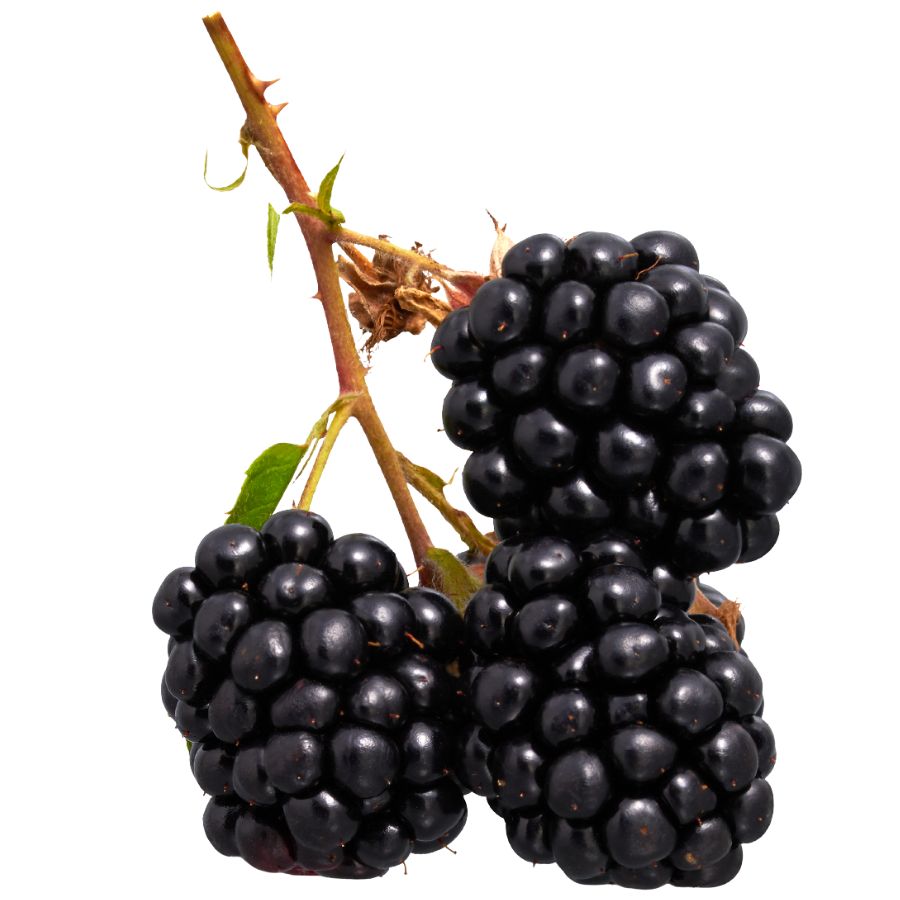
Blackberries grow on arching canes with hooked thorns and have five-petaled white flowers that appear before the fruit. They’re often mistaken for dewberries, but dewberries ripen earlier and usually sit closer to the ground.
Only the fruit is considered edible, and it’s commonly used in pies, jellies, wines, or eaten by the handful. The taste is rich, sweet, and slightly tangy, with a satisfying soft pop when you bite into a ripe one.
Some foragers also use young leaves in teas, but they’re not eaten as food. Be careful when gathering, since the brambles can be dense and the thorns are sharp.
Blackberries are valuable in both local markets and home kitchens because of their versatility and flavor. Depending on the region and demand, foraged blackberries can fetch a decent price, especially when sold fresh.
Eastern Prickly Pear Cactus (Opuntia humifusa)
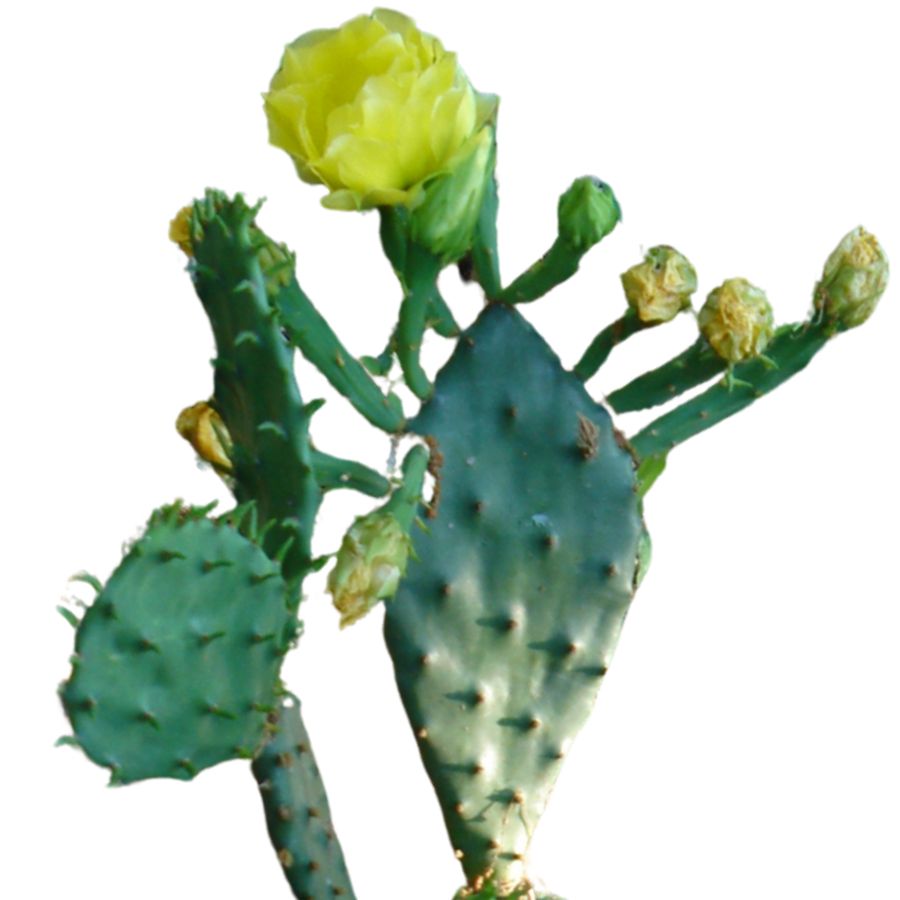
The eastern prickly pear cactus grows low to the ground in flat green pads, each dotted with small clusters of sharp spines. These pads are edible once peeled, but the tiny glochids can irritate your skin and mouth if not removed carefully.
People usually slice the pads into strips and sauté them or add them to stews for a slightly tangy, almost green-bean-like flavor with a slimy texture like okra. The red fruits, or “tunas,” are also edible and have a sweet, watermelon-like taste.
Don’t confuse this plant with other spiny succulents like the horse crippler cactus, which lacks the flat paddle shape and edible fruit. Some ornamental prickly pear hybrids aren’t toxic, but their fruits can be bitter or unpleasant.
What makes the eastern prickly pear valuable is the combination of fruit and pad, both of which can be sold fresh or processed into jams and juices. While it’s not wildly expensive, high-quality fruit can bring a modest price at specialty markets.
Maitake (Grifola frondosa)
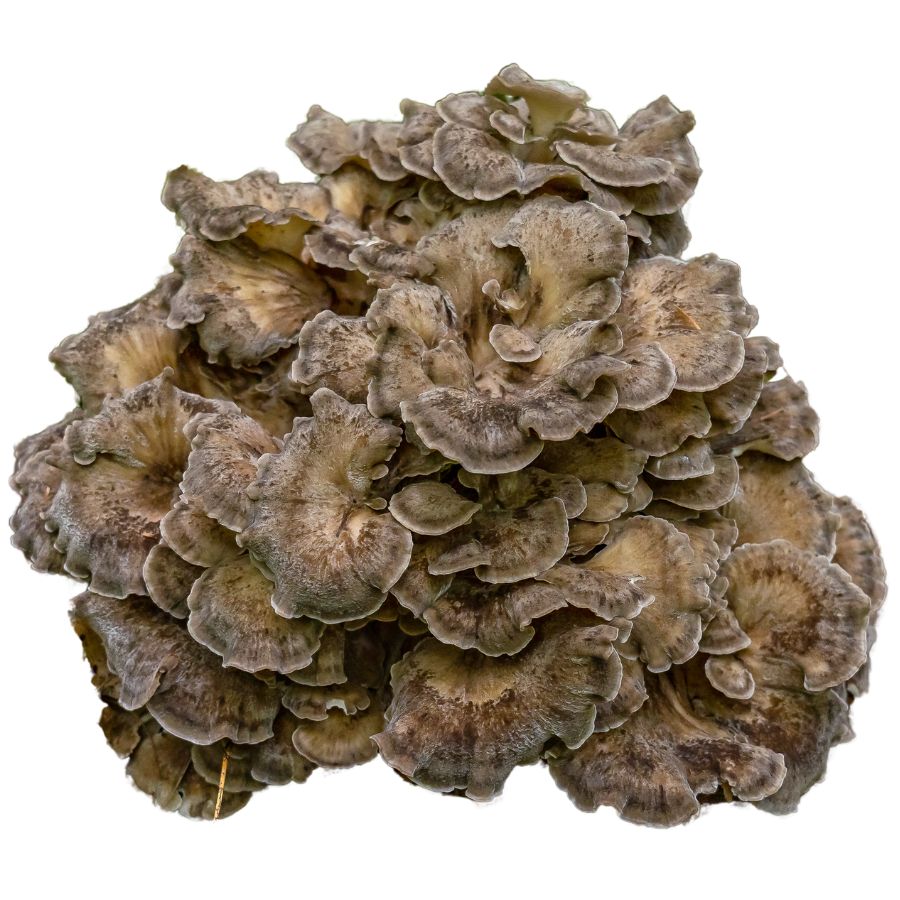
If you’ve ever found a large, leafy-looking mushroom near the base of an oak tree, it might’ve been maitake, also called hen of the woods. The lobes are soft, fan-shaped, and usually grow in a layered cluster that looks like brown petals.
Its flavor is strong and savory, and people often roast or fry it to bring out its concentrated taste. It’s firm when cooked, not spongy, and works well in grain bowls, stews, or simply on its own.
The whole fruiting body is edible, but the base can be fibrous and tough, so most people trim that part away.
While maitake does have a few lookalikes, like the umbrella polypore, most of them are thicker and less delicate in texture.
Fresh wild maitake can fetch high prices at specialty markets, and its shelf life improves dramatically when dehydrated. For those who forage or cook professionally, it’s one of the more valuable mushrooms to find.
Where to Find Valuable Forageables in the State
Some parts of the state are better than others when it comes to finding valuable wild plants and mushrooms. Here are the different places where you’re most likely to have luck:
| Plant | Locations |
| Chickasaw Plum (Prunus angustifolia) | – Cross Timbers State Park – Sequoyah State Park – Wichita Mountains Wildlife Refuge |
| American Persimmon (Diospyros virginiana) | – Robbers Cave State Park – McCurtain County Wilderness Area – Illinois River Valley (public access zones) |
| Lion’s Mane (Hericium erinaceus) | – Ouachita National Forest – Robbers Cave State Park – Beaver Dunes State Park (floodplain hardwood areas) |
| Jerusalem Artichoke (Helianthus tuberosus) | – Agricultural soils around Norman (e.g., campus prairie remnants) – Prairie Restoration plots at Red Slough Wildlife Mgmt Area – Open meadows in Chickasaw National Recreation Area |
| Elderberry (Sambucus canadensis) | – Along the Illinois River Trail in Tenkiller – Cache Creek in Sequoyah NF – Mitigation wetlands at Cross Timbers WMA |
| Zarzaparrilla (Smilax bona-nox) | – Hardwood understory in Beavers Bend State Park – Robbers Cave State Park – Turnbull Hollow Wildlife Mgmt Area |
| Wood Sorrel (Oxalis stricta) | – Picnic areas in Lake Thunderbird State Park – Trail edges in Wichita Mountains Wildlife Refuge – Creekside edges in Robbers Cave State Park |
| Black Walnut (Juglans nigra) | – Riparian zones in Sequoyah National Wildlife Refuge (Adair County) – Cache Creek corridor in Sequoyah NF – Beaver River Valley near Pawhuska |
| Maypop (Passiflora incarnata) | – Limestone glades at Gloss Mountain State Park – Cross Timbers Trail at Camp Gruber WMA – Prairie/forest edges at Chickasaw NRA |
| Chanterelle (Cantharellus cibarius) | – Floodplain forests of the Illinois River near Tahlequah – Beaver’s Bend State Park – Mixed hardwoods in Ouachita NF |
| Morel (Morchella esculenta) | – Loess hills around Perkins – Forest edges at Robbers Cave SP – Eastern Oklahoma woodlands in Sequoyah NF |
| Chicken of the Woods (Laetiporus sulphureus) | – Dead hardwood stumps in Beavers Bend State Park – Fallen oaks in Wichita Mountains – Robbers Cave State Park |
| Pawpaw (Asimina triloba) | – Illinois River floodplain near Gore – Sequoyah Nat’l Wildlife Refuge – Bluegrass Country Trail in Cherokee Co. parks |
| Blackberry (Rubus allegheniensis) | – Patch prairies at Gloss Mountain S.P. – Pine Valley Trail at Ouachita NF – Cross Timbers area in Keystone State Park |
| Eastern Prickly Pear Cactus (Opuntia humifusa) | – Rocky slopes in Wichita Mountains – Gloss Mountain State Park – Black Mesa area (semi-public land) |
| Maitake (Grifola frondosa) | – Base of living oaks in Beavers Bend State Park – Base of dead oak trunks in Robbers Cave – Sequoyah NF hardwood stands |
When to Forage for Maximum Value
Every valuable wild plant or mushroom has its season. Here’s a look at the best times for harvest:
| Plants | Valuable Parts | Best Harvest Season |
| Chickasaw Plum (Prunus angustifolia) | Fruits | May–July |
| American Persimmon (Diospyros virginiana) | Fruits | September–November |
| Lion’s Mane (Hericium erinaceus) | Fruiting body (mushroom) | September–November |
| Jerusalem Artichoke (Helianthus tuberosus) | Tubers | October–March |
| Elderberry (Sambucus canadensis) | Flowers, berries | Flowers: May–June Berries: July–August |
| Zarzaparrilla (Smilax bona-nox) | Young shoots, root tubers | Shoots: March–May Roots: October–December |
| Wood Sorrel (Oxalis stricta) | Leaves, flowers | March–October |
| Black Walnut (Juglans nigra) | Nuts | September–October |
| Maypop (Passiflora incarnata) | Fruits | August–October |
| Chanterelle (Cantharellus cibarius) | Fruiting body (mushroom) | June–September |
| Morel (Morchella esculenta) | Fruiting body (mushroom) | March–April |
| Chicken of the Woods (Laetiporus sulphureus) | Fruiting body (mushroom) | April–October |
| Pawpaw (Asimina triloba) | Fruits | August–September |
| Blackberry (Rubus allegheniensis) | Berries | June–August |
| Eastern Prickly Pear Cactus (Opuntia humifusa) | Pads (nopales), fruits (tunas) | Pads: April–June Fruits: July–September |
| Maitake (Grifola frondosa) | Fruiting body (mushroom) | September–November |
One Final Disclaimer
The information provided in this article is for general informational and educational purposes only. Foraging for wild plants and mushrooms involves inherent risks. Some wild plants and mushrooms are toxic and can be easily mistaken for edible varieties.
Before ingesting anything, it should be identified with 100% certainty as edible by someone qualified and experienced in mushroom and plant identification, such as a professional mycologist or an expert forager. Misidentification can lead to serious illness or death.
All mushrooms and plants have the potential to cause severe adverse reactions in certain individuals, even death. If you are consuming foraged items, it is crucial to cook them thoroughly and properly and only eat a small portion to test for personal tolerance. Some people may have allergies or sensitivities to specific mushrooms and plants, even if they are considered safe for others.
Foraged items should always be fully cooked with proper instructions to ensure they are safe to eat. Many wild mushrooms and plants contain toxins and compounds that can be harmful if ingested.


